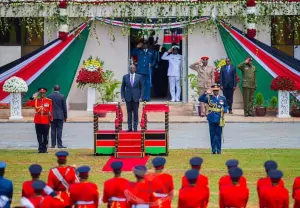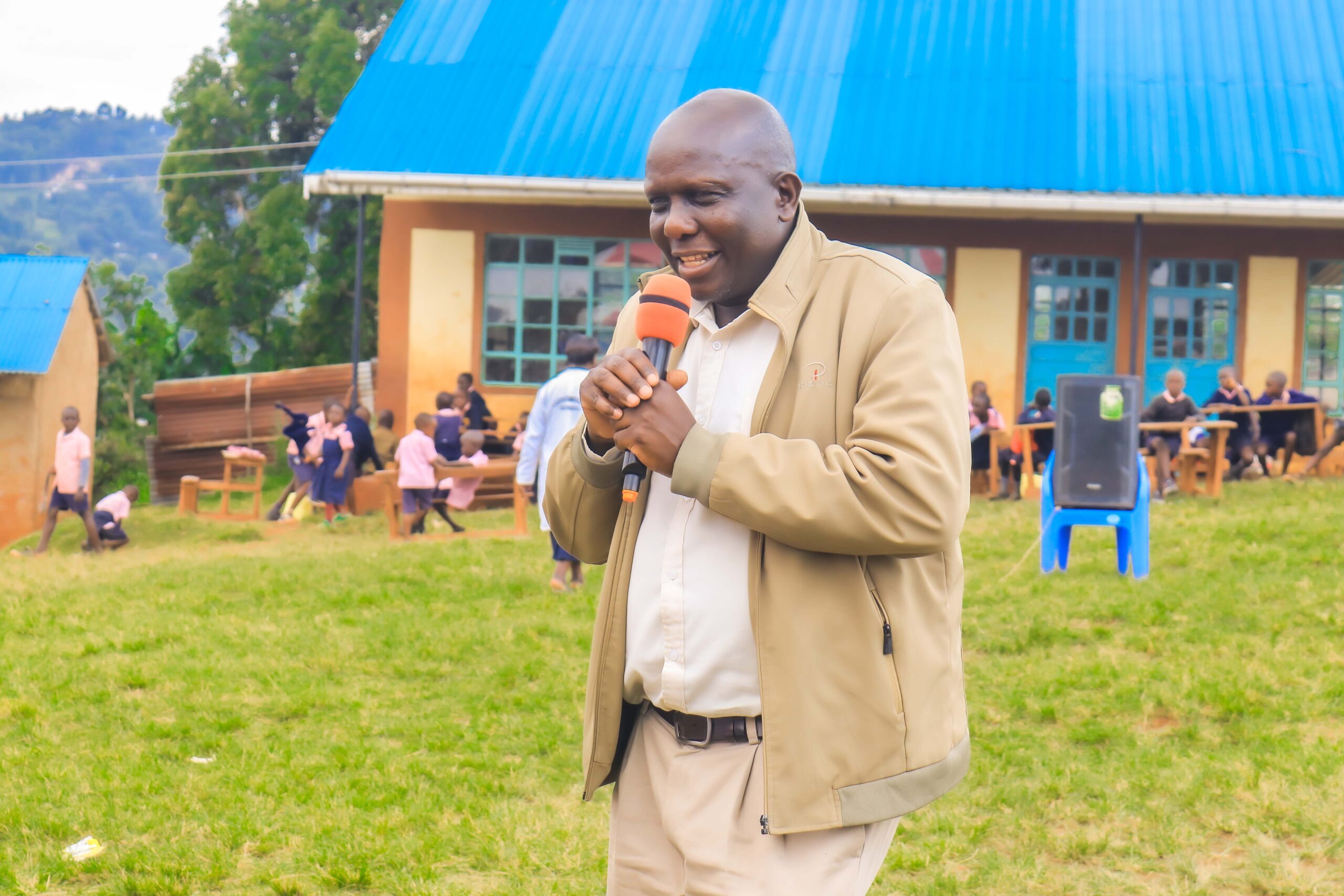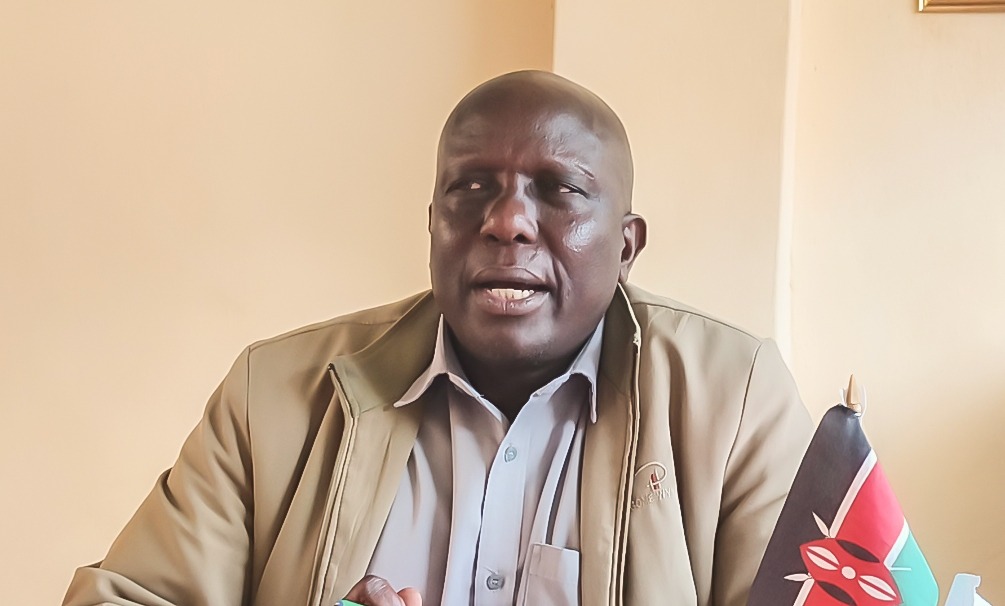
The imperative of Madaraka mandates us to build a strong democratic prosperous nation through the successful pursuit of high productivity and competitiveness, industrialisation and technological innovation.
All these things require a people who are all empowered with knowledge, skills and understanding not only to effectively participate as informed citizens of a democracy, but also to pursue meaningful livelihoods and perform their share of economic production and even go further and imagine, create and build the Kenya of our future.
Education, therefore, matters for our freedom and self-reliance, and is the enabler and optimizer of every other undertaking.
We have taken all possible measures, and pursued every available option, to actualise our vision to make education at all levels accessible, affordable and inclusive, and removed social and economic barriers to the attainment of the highest level of education by Kenyans.
Beyond subsidising primary and secondary education in all public primary and day secondary schools, we have re-imagined higher education financing to deliver equity and broader access to all Kenyans, with special attention to enabling the most vulnerable learners realise their right to education.
We have also employed 35,000 teachers in a historic and unprecedented drive to improve the national teacher:pupil ratio and enhance performance.
Additionally, we are re-designing the competence-based education curriculum to make it responsive to our education needs at this point of our social, cultural and economic development.
Finally, the National Open University will obtain its charter in the course of this month and as we speak, courses are being uploaded for commissioning.
For long, tertiary education in Kenya has been a privilege for the most fortunate, while university education was the exclusive entitlement of elites. Not anymore.
A month ago, I unveiled a new funding model for higher education that will make the universities and technical training fully inclusive, financially robust and capable of competing with their peers globally while contributing to our national socio-economic transformation through innovation, research and development.
The model is aimed at financially supporting increasing number of students enrolling in these institutions and ensuring that those from households at the bottom of the socio-economic structure enjoy equal education opportunities.
Under the model, therefore, they will receive full scholarship, while others will receive appropriately graduated levels of scholarship support determined through a robust financial testing instrument (MTI).
This is an extract of President’s Speech on Education.



